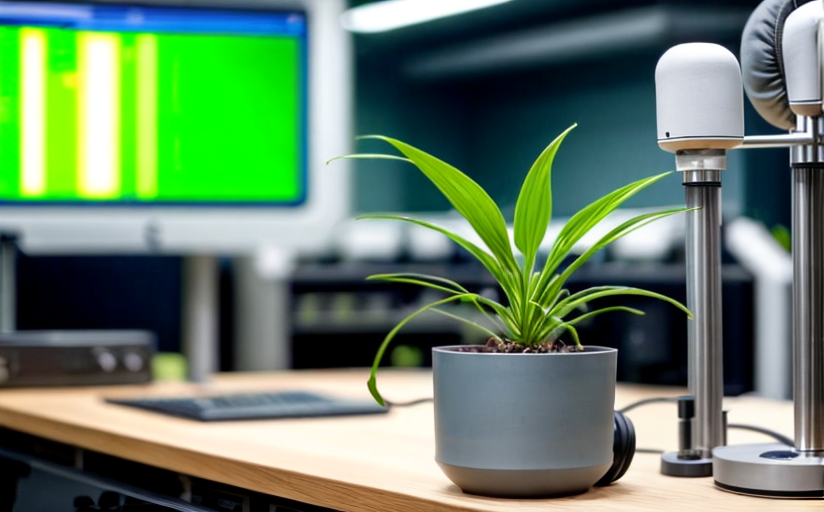The Impact of Sound Frequencies on Plant Growth and Development
From the earliest days of botany, botanists have been intrigued by the various factors influencing plant growth. One underexplored area of interest is the effect of sound frequencies on plant growth and development. This area has attracted increased attention in recent years, with burgeoning research hinting at the profound impacts that sound can have on plant physiology.
Understanding Sound Frequency
Sound frequency refers to the number of waves that pass a fixed place in a given amount of time. This is typically measured in units known as Hertz (Hz). Frequencies can range from low, like the deep roar of thunder, to high frequencies like the sharp whistle of a kettle. The idea under investigation is how these various frequencies may influence plant growth and development.
The Potential Impact of Sound Frequencies on Plants
Early hypotheses suggest that sound frequencies can stimulate the functioning of plant cells in several ways. Notable among these is the potential effect on the rate of cell division, which is crucial for plant growth and development. It is suggested that sound waves can accelerate the movement of cytoplasm within cells, thus potentially enhancing metabolism and nutrient uptake. Sound waves may also stimulate the production of certain proteins and growth hormones, leading to improved vigor and growth.
Exploring the Supporting Studies
Several studies have been conducted exploring the association between sound frequencies and plant growth. A widely mentioned experiment performed in 2007 exposed wheat plants to music for different durations. The results of the study showed that plants exposed to music grew significantly taller and had more biomass than the non-exposed control plants. Another groundbreaking study in 2012 demonstrated that frequencies ranging from 125Hz to 250Hz led to a substantial increase in the yield of chrysanthemum flowers.
Does the Type of Frequency Matter?
While research is still ongoing, early findings suggest that specific frequencies may have more substantial impacts on plant growth than others. Low frequencies, particularly around 125Hz to 250Hz, showed a positive correlation with increased plant yield and height in several experiments. However, further research is needed to substantiate these preliminary findings.
Implications and Practical Applications
If substantiated, the influence of sound frequencies on plant growth could revolutionize agriculture and home gardening. Tailoring specific sound environments could potentially boost crop yields, thus improving food security. In the realm of home gardening, playing certain frequencies could potentially enhance plant vigor and growth considerably.
Conclusion
The interplay between sound frequencies and plant growth remains a burgeoning area of research. This exploration promises exciting implications for botany and the broader agricultural sector. This innovative approach to enhancing plant growth could very well be a sound of progress.

















Comments
Leave a Comment